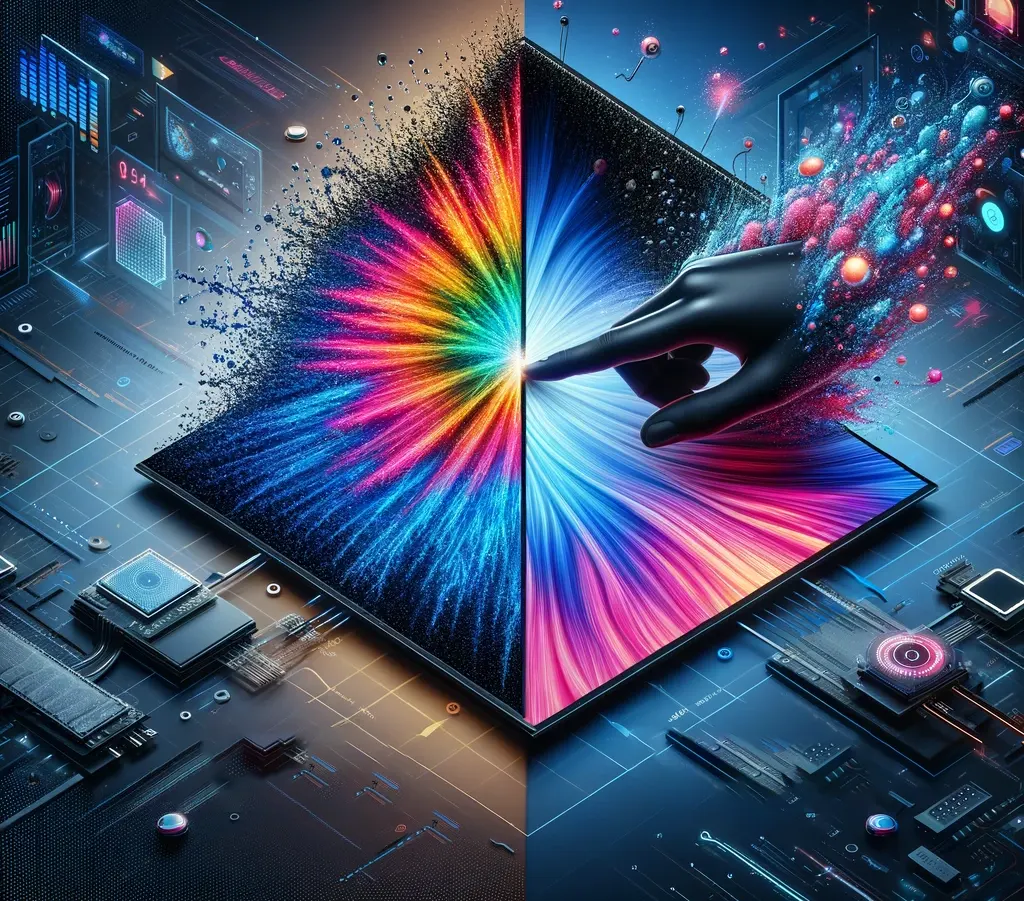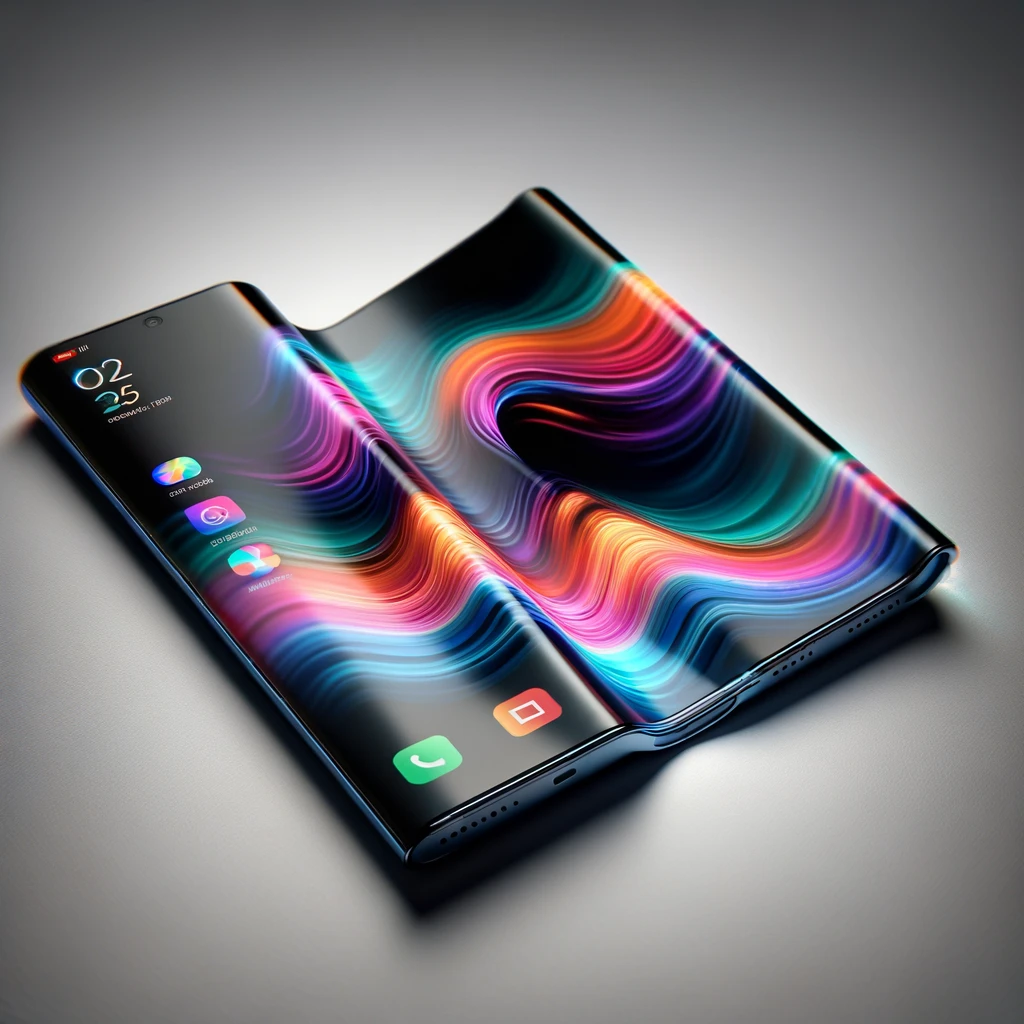The unique advantages of OLED mobile phone screens! !
Good viewing angle, high contrast, wide color gamut.
OLED screens are inherently capable of emitting omnidirectional light due to their self-luminous properties. When an OLED screen displays black, it can turn off pixels and not emit light at all. LED light leakage is inevitable. OLED can bring more extreme contrast, and turning off pixels can also significantly save power.

Thin, bendable and impact resistant.
OLED display technology is different from traditional LCD display methods. It does not require a backlight, uses a very thin organic material coating and a glass substrate, and has a simple structure, so the screen can be made thinner. Only OLED screens can block fingerprints under optical screens (optical fingerprint recognition relies on light reflected through the screen). Full-screen mobile phones without a “chin” must currently use COP packaging mode, which requires the lower part of the screen to be bent to the back of the phone. Flexible OLED screens can create a more perfect full screen. In addition, since there is no liquid crystal object inside OLED, there is no possibility of liquid leakage.

The response speed is faster and the operation is more sensitive.
No matter what means or technology is used, LED screens cannot fundamentally solve the problem of image retention. If we want to change the brightness of the pixels in the LED screen, we must deflect the liquid crystal molecules to a certain extent; and it takes a certain amount of time for the liquid crystal molecules to change state after receiving instructions from the driver chip. This is what we often call ” Response time”. OLED screens have the inherent advantage of microsecond-level response time, while LED screens can only reach milliseconds at the fastest. AMOLED screens are divided into three layers: display, touch screen and outermost glass. Samsung’s Super AMOELD eliminates the touch screen in the middle and places the AMOLED sensing layer on the screen to make the control more sensitive.



